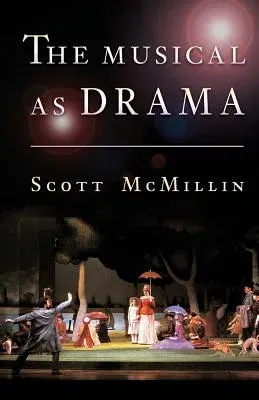Derived from the colorful traditions of vaudeville, burlesque, revue,
and operetta, the musical has blossomed into America's most popular form
of theater. Scott McMillin has developed a fresh aesthetic theory of
this underrated art form, exploring the musical as a type of drama
deserving the kind of critical and theoretical regard given to Chekhov
or opera. Until recently, the musical has been considered either an
"integrated" form of theater or an inferior sibling of opera. McMillin
demonstrates that neither of these views is accurate, and that the
musical holds true to the disjunctive and irreverent forms of popular
entertainment from which it arose a century ago.
Critics and composers have long held the musical to the standards
applied to opera, asserting that each piece should work together to
create a seamless drama. But McMillin argues that the musical is a
different form of theater, requiring the suspension of the plot for
song. The musical's success lies not in the smoothness of unity, but in
the crackle of difference. While disparate, the dancing, music,
dialogue, and songs combine to explore different aspects of the action
and the characters.
Discussing composers and writers such as Rodgers and Hammerstein,
Stephen Sondheim, Kander and Ebb, Leonard Bernstein, and Jerome Kern,
The Musical as Drama describes the continuity of this distinctively
American dramatic genre, from the shows of the 1920s and 1930s to the
musicals of today.

